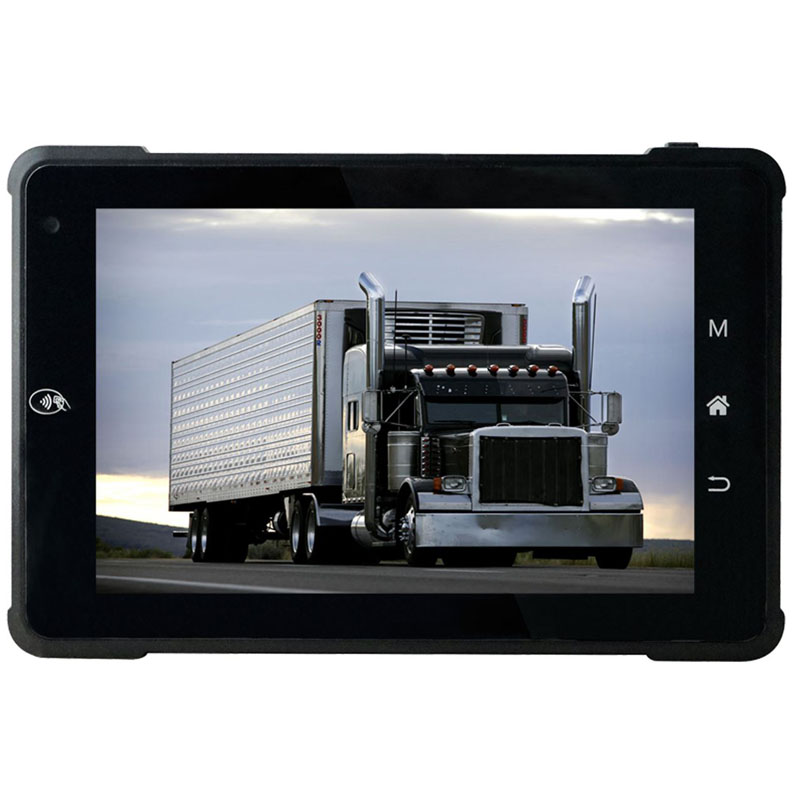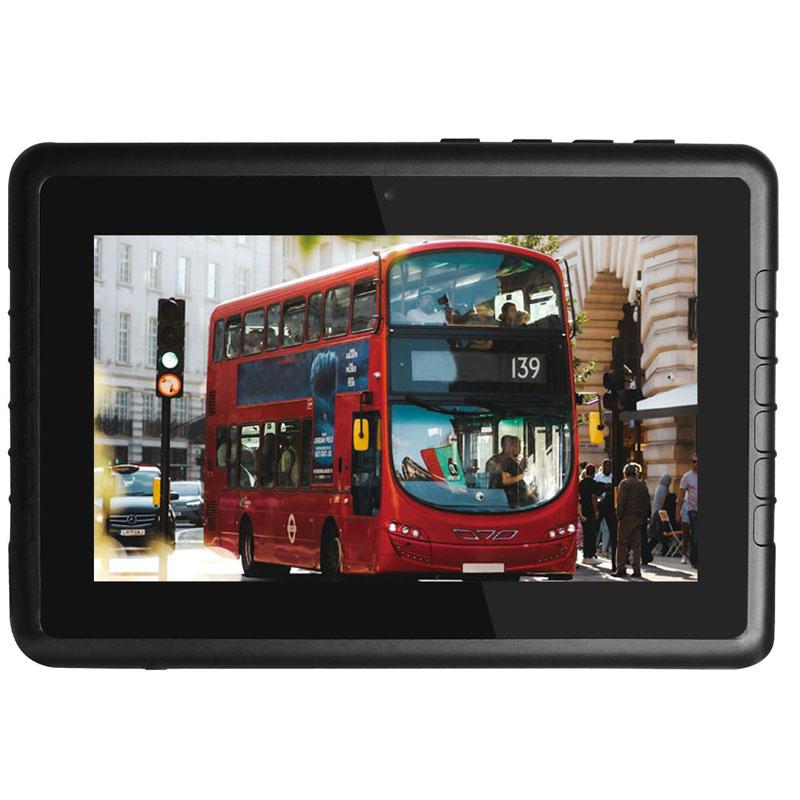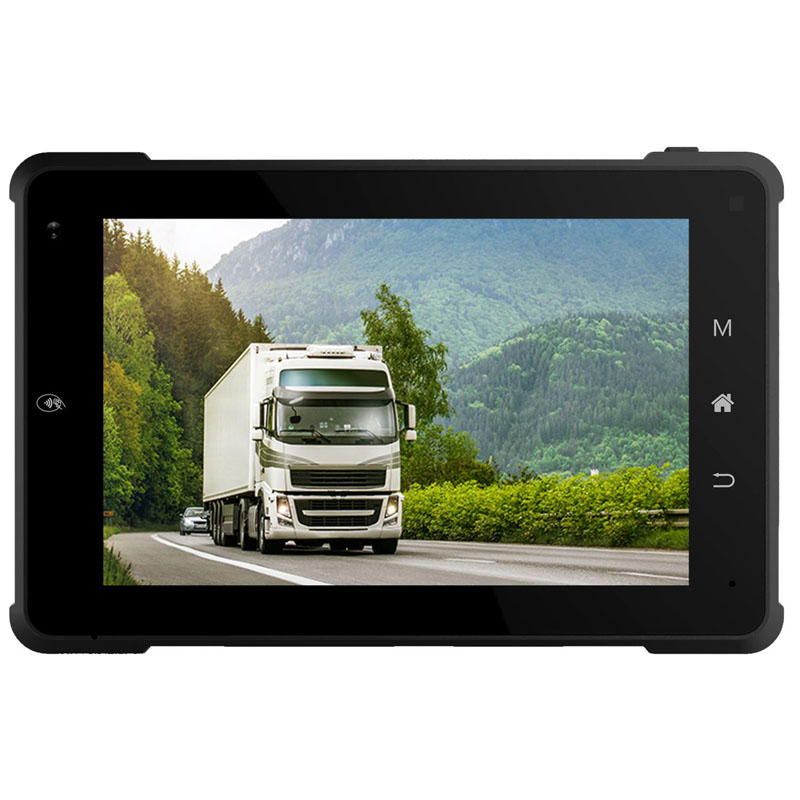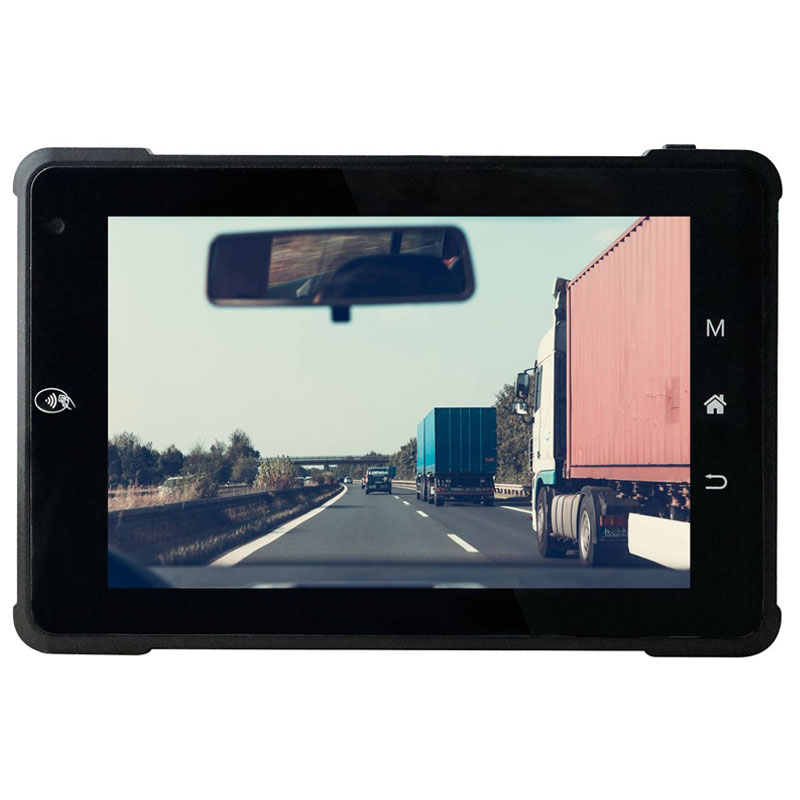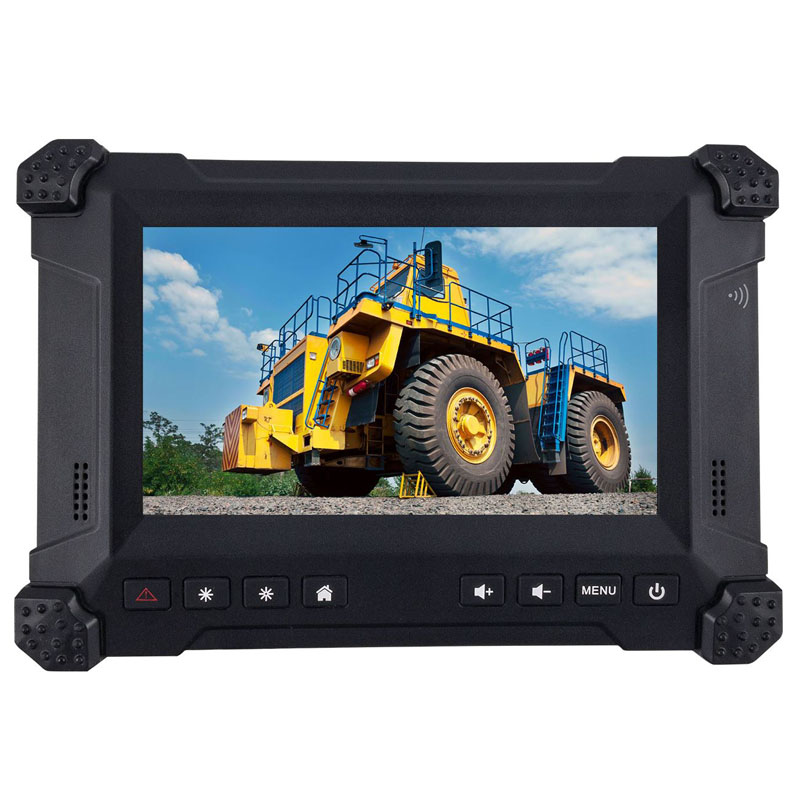How to Choose a Rugged Android Tablet for Intelligent Public Transportation
In the evolving world of public transportation, leveraging advanced technology has become essential for enhancing efficiency, safety, and passenger experience. Rugged Android tablets have emerged as indispensable tools, offering durable, versatile solutions tailored to the demanding environments of public transport. This guide explores the critical considerations in selecting the best rugged Android tablet for intelligent public transportation systems.
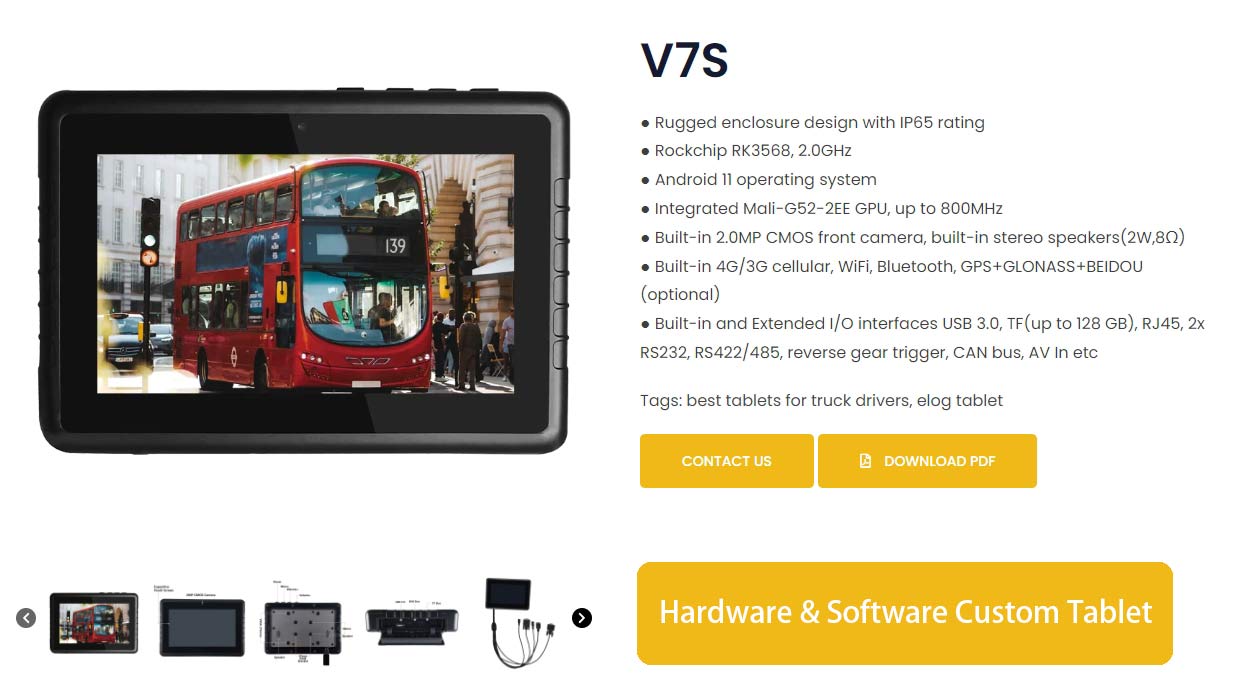
1. Understanding Rugged Android Tablets
Rugged Android tablets are specifically engineered to withstand harsh conditions such as extreme temperatures, moisture, dust, and physical impacts. Unlike consumer-grade tablets, rugged tablets are built to meet MIL-STD-810G standards, providing resilience in environments where standard devices would fail.
Key Features of Rugged Android Tablets
- Durability: Enhanced with robust casings, shock-absorbent corners, and reinforced screens to resist drops and vibrations.
- Environmental Resistance: IP65/IP67 ratings ensure protection against water and dust ingress.
- Extended Battery Life: High-capacity batteries and efficient power management for prolonged use in the field.
- Enhanced Connectivity: Multiple options including 4G LTE, Wi-Fi, Bluetooth, and GPS for seamless integration and communication.
- Customization Options: Accessories and configurations like barcode scanners, RFID readers, and docking stations for specialized applications.
2. Evaluating Performance and Specifications
When choosing a rugged Android tablet for public transportation, performance and specifications are paramount. The device should be capable of handling demanding applications such as real-time tracking, data management, and communication without compromising speed or efficiency.
Processor and RAM
A powerful processor (e.g., Qualcomm Snapdragon) combined with sufficient RAM (at least 4GB) ensures smooth operation of multiple applications simultaneously. Look for tablets with octa-core processors and expandable memory options for future-proofing.
Storage Capacity
Adequate storage is crucial for saving large amounts of data, maps, and media files. Internal storage of at least 64GB, expandable via microSD cards, is recommended to accommodate growing data requirements.
Operating System
An up-to-date Android OS version ensures compatibility with the latest apps and security features. Opt for tablets with Android 10 or newer to leverage enhanced features and prolonged support.
3. Display and User Interface Considerations
The display and user interface of a rugged tablet play a vital role in usability and functionality in public transportation scenarios.
Screen Size and Resolution
Choose a screen size that balances readability and portability, typically between 7 to 10 inches. High resolution (minimum 1200 x 800 pixels) ensures clear visibility of detailed maps and data, even in bright sunlight or dim conditions.
Touchscreen Technology
Capacitive touchscreens with glove and wet-finger operability allow for seamless interaction in various weather conditions. Look for tablets with Gorilla Glass or similar technologies to prevent scratches and damage.
Brightness and Readability
High nits rating (at least 500 nits) ensures the screen remains readable under direct sunlight. Anti-glare coatings further enhance visibility and reduce strain during extended use.
4. Connectivity and Integration Options
Seamless integration with existing public transportation systems and real-time data communication is essential for operational efficiency.
Network Connectivity
Support for 4G LTE or 5G connectivity ensures continuous communication and data transfer, even in remote areas. Dual-band Wi-Fi provides reliable connections in depots and urban settings.
Ports and Expansion
A variety of ports such as USB-C, HDMI, and Ethernet allow for easy connection to peripherals and charging stations. Expansion slots for additional modules (e.g., barcode scanners) enhance functionality based on specific transportation needs.
GPS and Navigation
Integrated GPS with high accuracy is critical for real-time tracking and navigation. Ensure the tablet supports AGPS and GLONASS for improved location services.
5. Battery Life and Power Management
Long-lasting battery life and efficient power management are crucial for tablets used in public transportation, where downtime can impact operations.
Battery Capacity
Select tablets with high mAh rating batteries, offering at least 3 to 5 hours of continuous use. Consider tablets with hot-swappable batteries to minimize downtime during replacements.
Charging Solutions
Rugged tablets should support fast charging technologies to reduce recharging times. Docking stations and vehicle mounts with charging capabilities provide convenient options for power maintenance on the go.
6. Security and Software Management
In public transportation, data security and efficient software management are imperative to safeguard sensitive information and ensure smooth operations.
Security Features
Tablets should support multi-layered security measures such as encryption, biometric authentication (fingerprint or facial recognition), and secure boot processes to prevent unauthorized access.
Mobile Device Management (MDM)
Implement MDM solutions to manage and update devices remotely. MDM facilitates software updates, security patches, and application installations across all tablets within the network.
Compliance and Standards
Ensure the tablet complies with relevant industry standards and regulations such as GDPR for data protection and FCC certifications for electronic devices.
7. Cost-Effectiveness and Total Cost of Ownership
Balancing initial cost with long-term value is essential when investing in rugged Android tablets for public transportation.
Initial Investment vs. Longevity
While rugged tablets may have a higher initial cost, their durability and extended lifespan often result in lower total cost of ownership (TCO). Consider the savings from reduced repairs, replacements, and downtime.
Warranty and Support
Look for tablets with comprehensive warranty options and after-sales support. Extended warranties and service agreements provide additional peace of mind and protection against unexpected costs.
Resale Value
Rugged tablets with recognized brand names and high durability often retain better resale value, providing additional financial benefits when upgrading to new models.
Conclusion
Choosing the right rugged android tablet for intelligent public transportation requires a comprehensive evaluation of durability, performance, connectivity, and cost-effectiveness. By focusing on these critical factors, transportation agencies can enhance operational efficiency, improve passenger experience, and ensure robust, reliable service in challenging environments.


